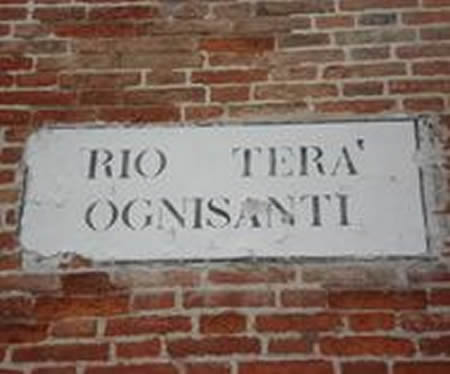The first few years after the annexation of Venice to the Kingdom of Italy saw much political and administrative consolidation. Work on the construction of the Suez Canal finished in 1869, opening great new prospects for the port of Venice, for centuries the "gateway" to the East. With the introduction of a regular scheduled service with mechanically propelled vessels on the Canal Grande and the lagoon (1881) and with the increases in port traffic and growing industrialisation , Venice became the second most important port in Italy after Genoa.
Major public works were undertaken during the last two decades of the 19th Century: the port of Venice was expanded, many canals were dredged and extended, infrastructure for the city was built (the slaughterhouse, the gas workshop, the aqueduct), areas were pedestrianised and new bridges built in the city centre and mass tourism started.
The first urban development plan was prepared in 1891, together with a series of programs aimed at democratising and secularising public facilities, such as schools, social services, local government, the health service and housing. In 1903 the Patriarch of Venice, Giuseppe Sarto, became Pope Pius X and favoured the change in the local political climate towards a clerical/moderate stand. In the same period, there were various economic and cultural development projects, including the first edition of the Biennale d’Arte. While Venice was preparing to become a major driving force in the world of art and on the art market, the industrial area of Marghera started to take shape. The railway bridge over the lagoon was doubled. The island of Lido was turned into one of Europe’s most elegant seaside resorts thanks to the construction of the Excelsior Hotel, which now hosts the International Film Festival each year. The film studios opened on the island of Giudecca and various institutes and foundations were set up.
Public services were partly city-run, partly financed by private international and Venetian capital, including that of the magnate Giuseppe Volpi. All work was interrupted from 1914 to 1918 on account of the First World War, which also had severe economic and social consequences for Venice and the Veneto region. However, at the end of the war the planned activities continued. Work started on the actual construction of Porto Marghera, a subsidiary port whose development offered many new jobs for Venetians living inland, despite the post-war industrial crisis. This crisis would gradually turn into a steady fall in industrial activity over future decades.
In 1926 the district including the town of Mestre was declared part of Venice.
In 1933 the road bridge over the lagoon running beside the railway bridge was inaugurated and the great parking terminal opened in Piazzale Roma.
At the end of April 1945, at the end of World War II, Venice was freed from Nazi occupation thanks to the efforts and sacrifices of many of its citizens active in the Resistance.







